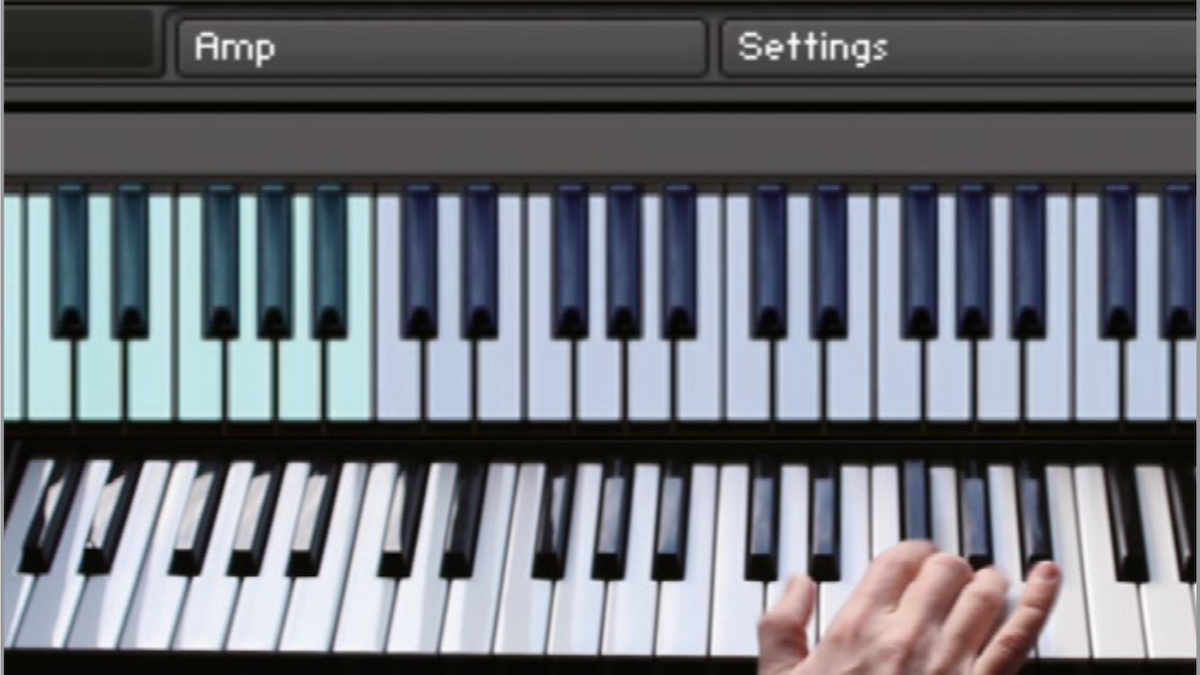Play Like a Pro: Perfect your organ playing
Different ways you need to play to master the organ
KEYS WEEK 2023: It's our Play Like A Pro series where we highlight some of the best techniques to help make you a better keyboard or digital piano player. This time we're looking the different techniques used when playing an organ.
Thanks to the genius of software developers, almost every vintage keyboard has been recreated in plugin form and can be loaded into a DAW and conjured up with the click of a mouse. Manufacturers such as Native Instruments, Arturia and Modartt have come up with brilliant products like Komplete, Analog Lab and Pianoteq to name but a few. If you want the real shimmering tones of a Hammond B3 organ through a Leslie rotary speaker, or a Stevie Wonder clav sound, you've got it!
However, for a really authentic sound, it pays to know a little bit about how each would actually be played, as they each demand their own different piano/keyboard technique.
Organ keys are like on/off switches – the only way to make them sustain is to hold them down. The sustain pedal is instead often used to switch the speed of the Leslie speaker effect. In our video above, we're using an NI Vintage Organs B3 Kontakt Player preset, playing sustained chords while switching speaker speeds with the pedal.
Organs have no pitchbend feature, so to emulate guitar strings being bent, organ players started including grace notes, rolls and slurs into their playing. To play a grace note, quickly flick the note one semitone to the left of your target note, using the finger to the left of the one you’re about to use to play the main note.
This approach blends well with staccato, funky, rhythmic chops, particularly when using the sharpened fourth degree of the minor blues scale as the grace note, sliding from there onto the fifth. Combine this with a held-down flattened seventh, and you have the beginnings of a classic organ riff, as shown in our video.
Another classic organ technique is the glissando, achieved by running your hand up and down the keys. You can use the side of your fingers or the back of your hand for this, but the trick is to merge it smoothly into whatever follows. In the last part of our video, we slide up the keyboard with the left hand, hitting a pre-shaped C minor chord (C, Eb, G) with the right.

Looking for more great keyboard gear and technique? Get all our reviews, news, features, tutorials, tips and more at our Keys Week 2023 hub page.
Want all the hottest music and gear news, reviews, deals, features and more, direct to your inbox? Sign up here.